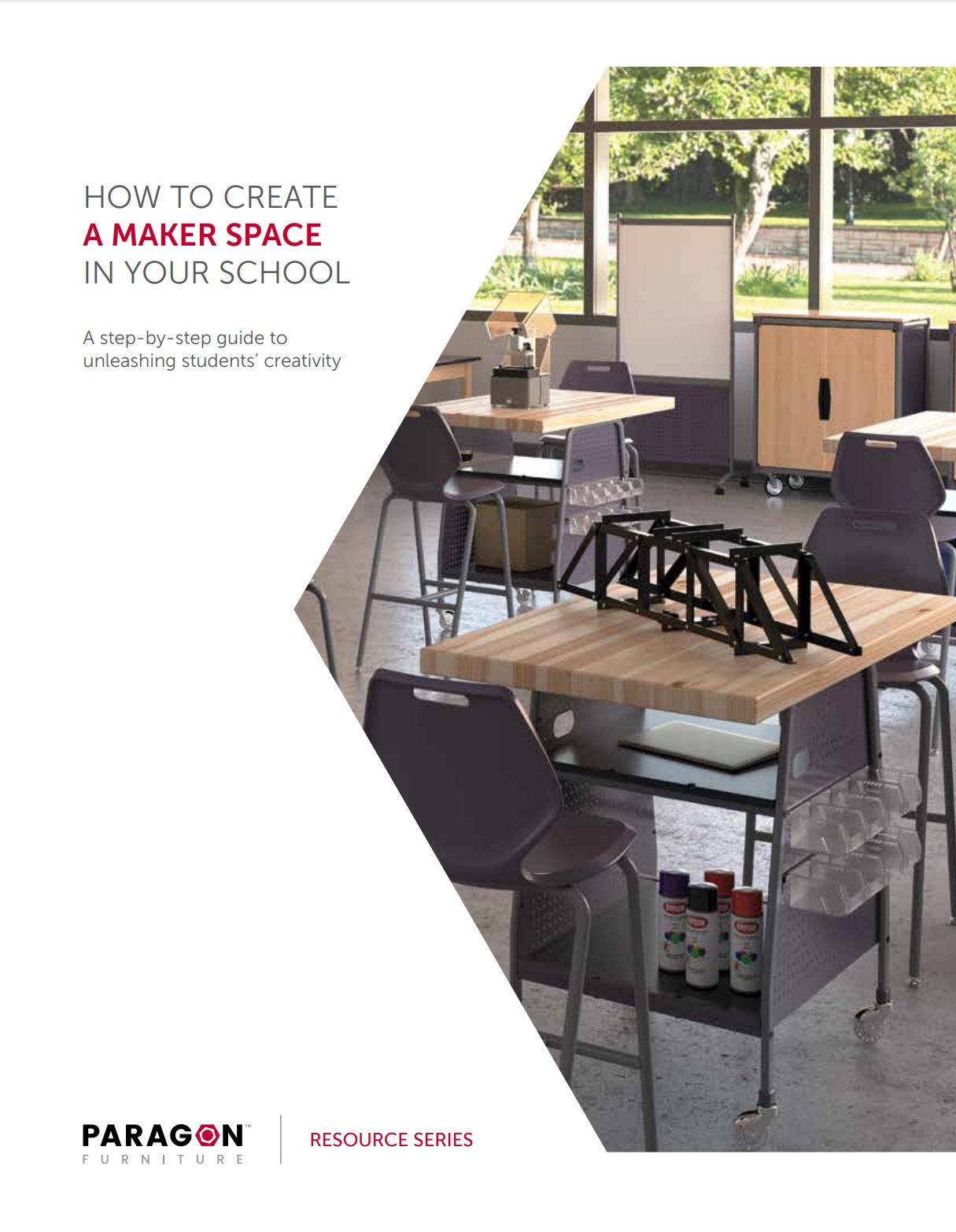TOP 5 REASONS EVERY SCHOOL SHOULD HAVE A MAKERSPACE
RESEARCH HAS PROVEN MANY BENEFITS TO SCHOOL MAKERSPACES
The term makerspace is used is thrown around a lot, but makerspaces are essentially collaborative workspaces equipped with tools and materials for creating and experimenting. Makerspaces have gained significant recognition over the last few years for their positive impact on student learning and development, and for very good reason.
Here are the top five reasons, supported by relevant studies conducted in the United States, illustrating why every school should consider implementing a makerspace:
1. Enhances Engagement and Learning
Makerspaces provide a hands-on, experiential learning environment that fosters deep engagement with the material. Research shows that when students engage in making, they exhibit higher motivation and interest in the learning process. A study by the University of Pittsburgh’s Learning Research and Development Center found that students involved in makerspace activities demonstrated increased perseverance and were more likely to engage deeply with challenging tasks, leading to a more profound understanding of scientific concepts and practices.
2. Promotes Creativity and Innovation
In a makerspace, students are encouraged to think creatively and innovate. They’re given the freedom to explore ideas and build projects that interest them, which stimulates creative thinking. According to the Harvard Graduate School of Education, makerspaces help develop students’ capacity for creativity, significantly contributing to their ability to innovate and solve problems creatively.
3. Develops Critical Thinking and Problem-Solving Skills
The iterative process of design and creation in makerspaces teaches students critical thinking and problem-solving skills. As they plan, prototype, test, and revise their projects, students learn to approach problems systematically and develop solutions. A 2018 report by the Maker Education Initiative highlighted that students applying the design thinking process in makerspaces showed improved problem-solving skills and adaptability.
4. Encourages Collaboration and Communication
Makerspaces are inherently collaborative spaces where students work together on projects. This collaboration fosters teamwork, communication, and interpersonal skills, which are essential for success in both academic and professional settings. Research from the University of California, Davis, indicates that students working in collaborative makerspace environments demonstrate enhanced communication skills and are better at working in teams.
5. Prepares Students for Future Careers
The skills developed in makerspaces are highly relevant to the demands of the 21st-century workforce. By engaging with technology, engineering, and design, students gain practical skills and experiences that are valuable in STEM fields and beyond. A study by the National Foundation for Educational Research in the U.S. suggests that participation in makerspace activities can spark interest in STEM careers and prepare students with the skills necessary to succeed in a rapidly changing job market.
Makerspaces offer an invaluable resource for schools, providing a dynamic environment where students can engage deeply with their learning, foster creativity, develop essential problem-solving skills, collaborate effectively, and prepare for future careers. The incorporation of makerspaces into educational settings aligns with the goals of modern education to equip students with the skills needed to navigate and contribute positively to the world around them. By embracing the makerspace movement, schools can offer students a rich, engaging, and forward-thinking educational experience.
Download our step-by-step implementation guide to help create effective school makerspaces!
CLASSROOM DESIGN FILES
Access all of the design resources you need to create a beautiful classroom!
